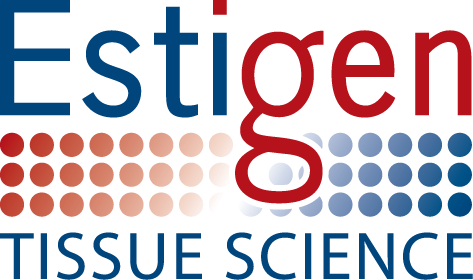Number of specimens per array depends on the size of the punches and the desired array density. Using 0.6 mm punches you can construct tissue arrays with 500 or more specimens per block using regular tissue cassettes. Using 2 mm punches allows construction of tissue arrays with about 50-100 specimens.
Depending on the height of the original donor tissue blocks you can cut 100-300 sections from tissue arrays. 150 sections is a reasonable expectation for a typical tissue array.
Depends on tissue type and the purpose of the study. As a rule of the thumb, making tissue arrays from normal breast epithelium, normal kidney and cancers with high degree of regional heterogeneity probably require 2-4 punches per tissue whereas most cancers are well represented with 1-2 punches. See Camp et al., and Torhorst et al., for technology validation papers discussing the use of tissue arrays in evaluating prognostic markers.
Some users prefer to cut sections using regular microtome sectioning techniques, some prefer to use adhesive-coated slides from Instrumedics. The advantage of using coated slides is that even beginners can make good sections with the system and you have precise control over the orientation of the tissue array sections on the microscope slides. If you decide to apply conventional sectioning techniques, briefly heating the block at 35-37°C for about 20-30 minutes (and letting the block to cool back to room temperature) before sectioning improves the section quality.
